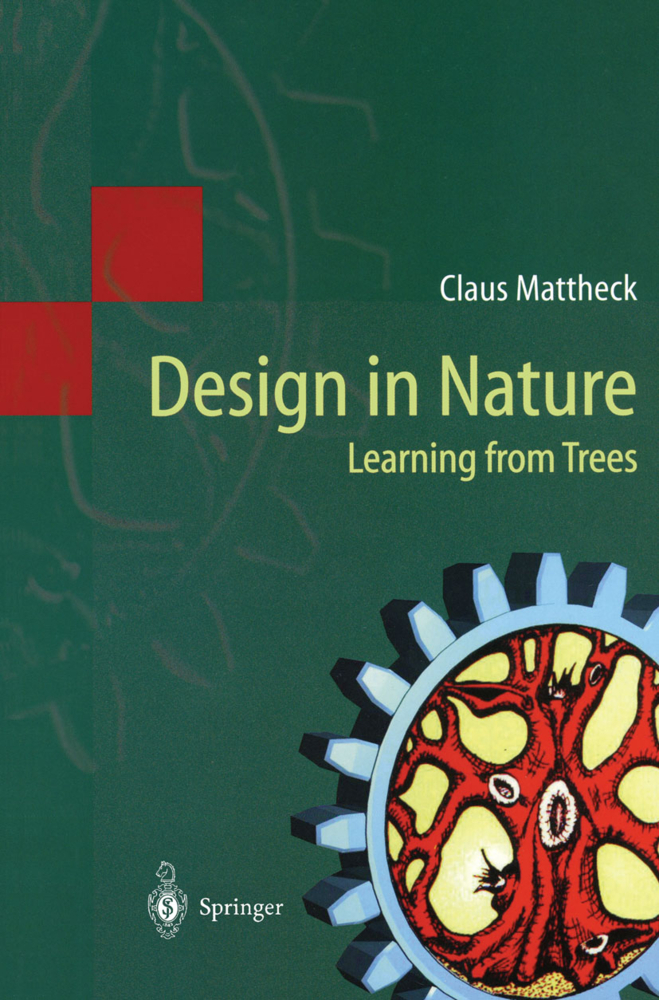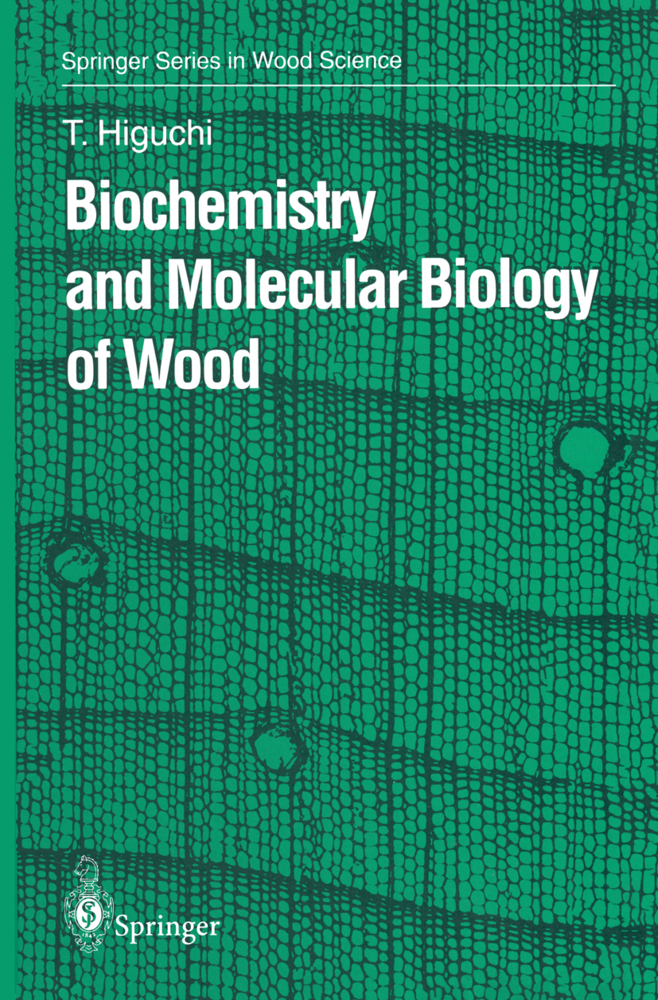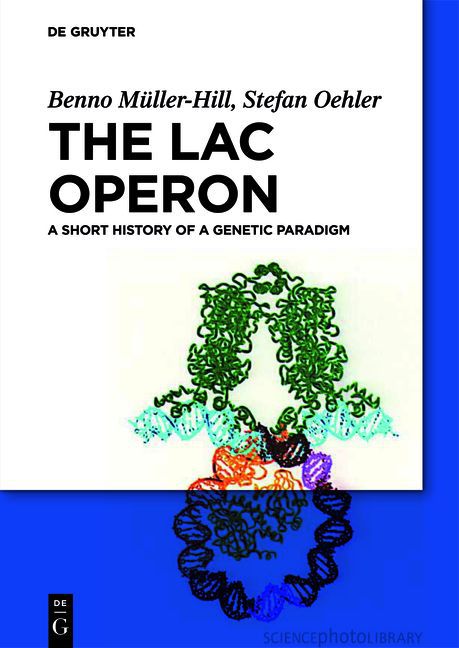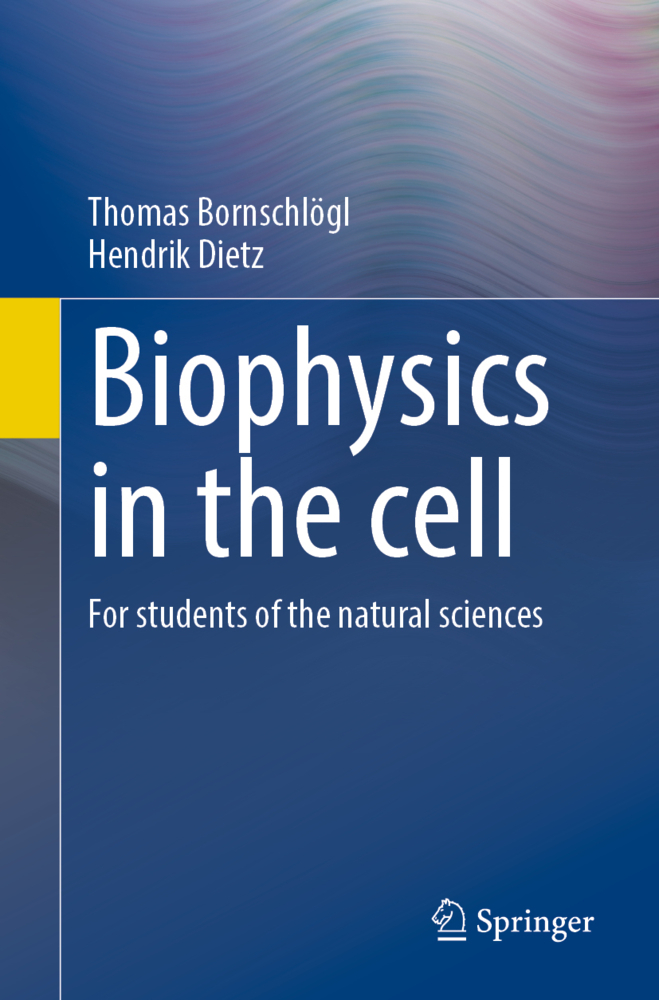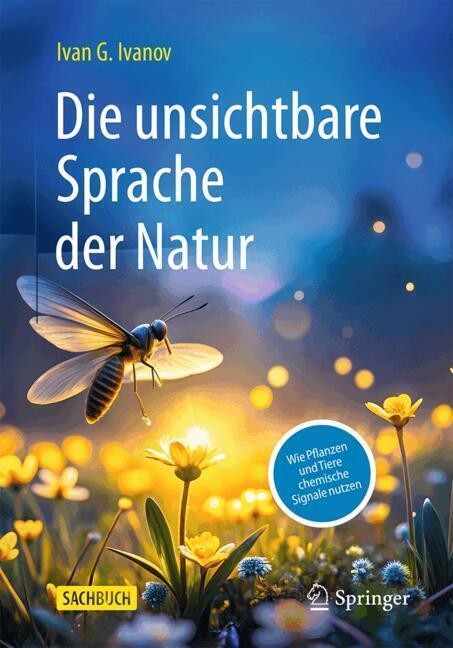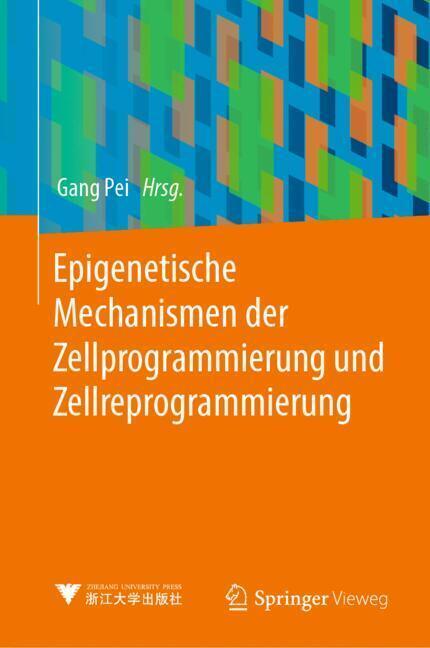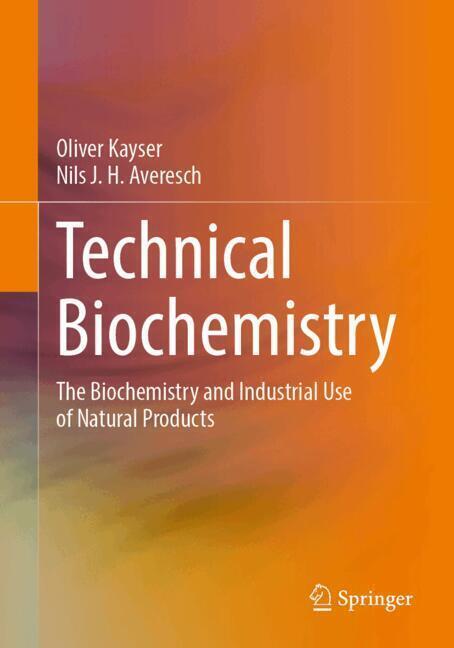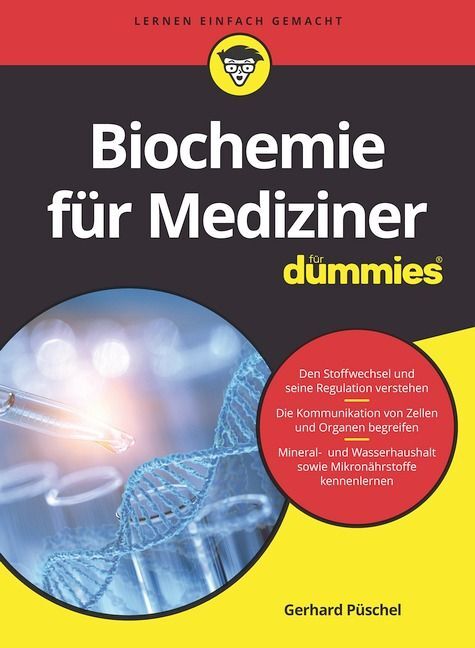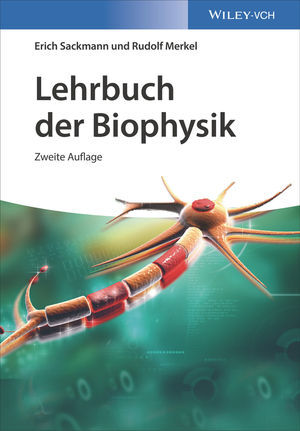Design in Nature
Learning from Trees
Design in Nature
Learning from Trees
The chicken bone you nibbled yesterday and threw away was a high-tech product! Not only that: it was a superlative light-weight design, functionally adapted to its mechanical requirements. No engineer in the world has, as yet, been able to copy this structural member, which is excellently optimized in its external shape and its internal architecture as regards minimum weight and maximum strength. The tree stem on which you recently carved your initials has also, by life-long care for its body, steadily improved its internal and external structure and adapted optimally to new loads. In the course of its biomechanical self-optimization it will heal up the notch you cut as speedily as possible, in order to repair even the smallest weak point, which might otherwise cost it its life in the next storm. This book is dedicated to the understanding of this biomechanical optimization of shape. It is the synthesis of many years of extensive research using the latest computer methods at the Karlsruhe Research Centre to help understand the mechanism of biological self-optimization (adaptive growth) and to simulate it by computer. The method newly developed for this purpose was called CAO (Computer-Aided Optimization). With this method, it is possible to predict the growth of trees, bones and other biological structures from the tiger's claw to the sea urchin's skeleton.
The Axiom of Uniform Stress and How Computer Methods Derive from It
The Mechanics of Trees and the Self-Optimization of Tree Shape
The Right Load Distribution: The Axiom of Uniform Stress and Tree Shape
Annual Rings: The Internal Diary as a Consequence of the External Situation
Wood Fibres and Force Flow: The Fear of Shear Stress
How Does a Tree Break?
Can Trees Really Not Shrink?
Bones: Ultra-Light and Very Strong by Continuous Optimization of Shape
Bone Design: Selected Examples
Bony Frameworks and Tree Frameworks Compared
Claws and Thorns: Shape-Optimized by Success in the Lottery of Heredity
Biological Shells
Bracing: Ultra-Light but Highly Specialized
Shape Optimization by Growth in Engineering Design
Unity in Diversity: Design Target and Realization
Critique on Optimum Shape: Sensitization by Specialization
Outlook: Ecodesign and Close-to-Nature Computer Empiricism
New Examples of Application in Self-Explanatory Illustrations
References.
The Minimum on Mechanics
What Is a Good Mechanical Design?The Axiom of Uniform Stress and How Computer Methods Derive from It
The Mechanics of Trees and the Self-Optimization of Tree Shape
The Right Load Distribution: The Axiom of Uniform Stress and Tree Shape
Annual Rings: The Internal Diary as a Consequence of the External Situation
Wood Fibres and Force Flow: The Fear of Shear Stress
How Does a Tree Break?
Can Trees Really Not Shrink?
Bones: Ultra-Light and Very Strong by Continuous Optimization of Shape
Bone Design: Selected Examples
Bony Frameworks and Tree Frameworks Compared
Claws and Thorns: Shape-Optimized by Success in the Lottery of Heredity
Biological Shells
Bracing: Ultra-Light but Highly Specialized
Shape Optimization by Growth in Engineering Design
Unity in Diversity: Design Target and Realization
Critique on Optimum Shape: Sensitization by Specialization
Outlook: Ecodesign and Close-to-Nature Computer Empiricism
New Examples of Application in Self-Explanatory Illustrations
References.
| ISBN | 978-3-540-62937-5 |
|---|---|
| Artikelnummer | 9783540629375 |
| Medientyp | Buch |
| Copyrightjahr | 1998 |
| Verlag | Springer, Berlin |
| Umfang | XIV, 276 Seiten |
| Abbildungen | XIV, 276 p. 193 illus., 118 illus. in color. |
| Sprache | Englisch |

